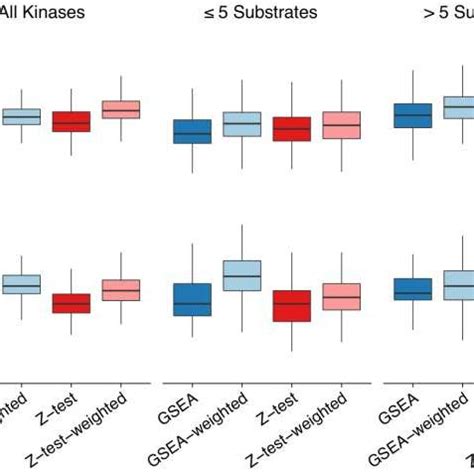
What is the difference between RO4003C and RO4350B?
Introduction to Substrate Comparison In the world of high-frequency electronics, the choice of substrate material plays a crucial role in determining the performance, reliability, and[…]
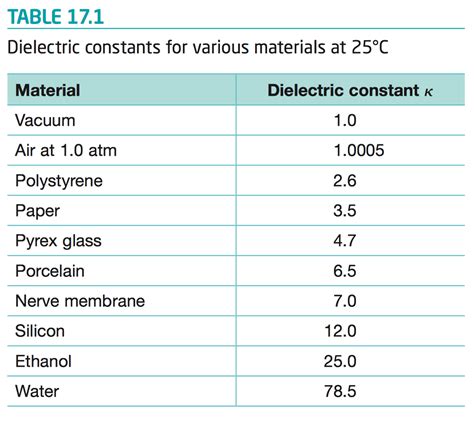
What is the dielectric constant of Rogers 4835?
What is Dielectric constant? The dielectric constant, also known as relative permittivity, is a measure of a material’s ability to store electric energy in an[…]
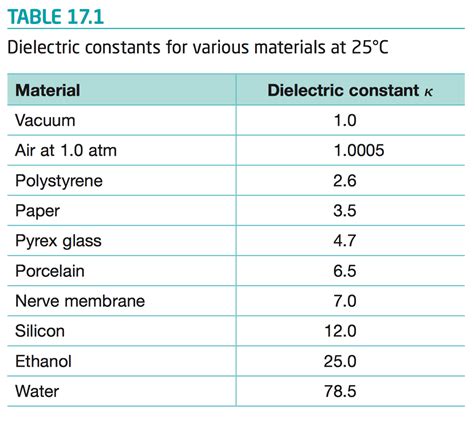
What is the dielectric constant of Rogers RO4003C?
Understanding Dielectric constant The dielectric constant, also known as relative permittivity (εr), is a dimensionless quantity that measures a material’s ability to store electrical energy[…]
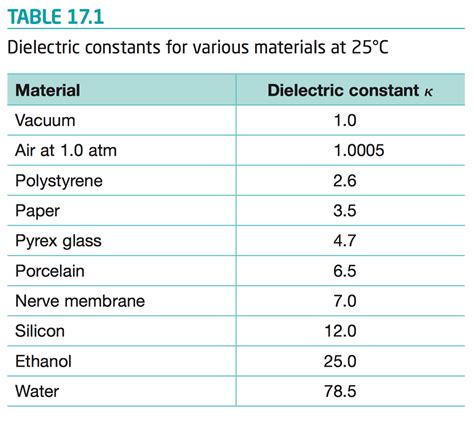
What is the dielectric constant of Rogers PCB material?
Introduction to Dielectric constant The dielectric constant, also known as the relative permittivity (εᵣ), is a fundamental property of an insulating material that measures how[…]
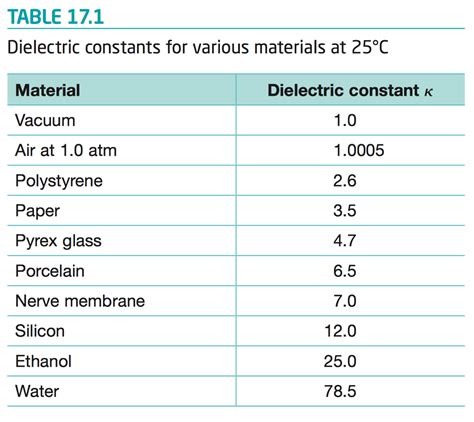
What is the dielectric constant of Rogers material?
Introduction to Rogers Material and its Dielectric Properties Rogers Corporation is a leading manufacturer of high-performance materials for use in a wide range of applications,[…]
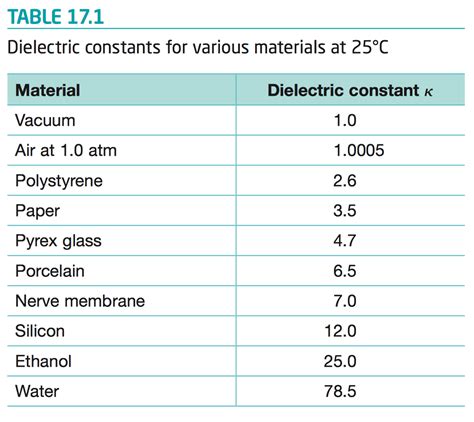
What is the dielectric constant of Rogers 4003c?
Understanding Dielectric Constant Before delving into the specifics of Rogers 4003c, let’s first understand what dielectric constant is and why it matters in PCB design.[…]
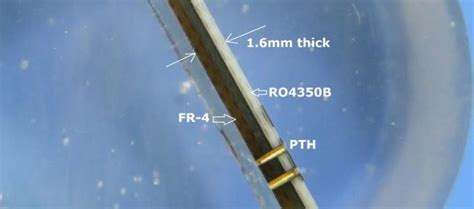
What is the frequency of RO4350B?
RO4350B: A High-Frequency Laminate Material RO4350B is a hydrocarbon ceramic laminate material developed by Rogers Corporation. It is designed to offer excellent electrical properties, making[…]
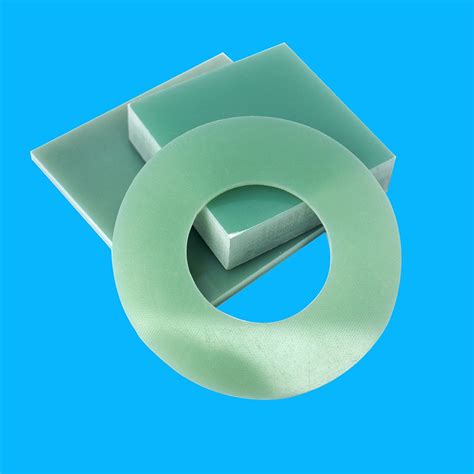
What is the thermal conductivity of PCB FR4?
Introduction to PCB FR4 and its thermal properties Printed Circuit Board (PCB) FR4 is a widely used material in the electronics industry due to its[…]
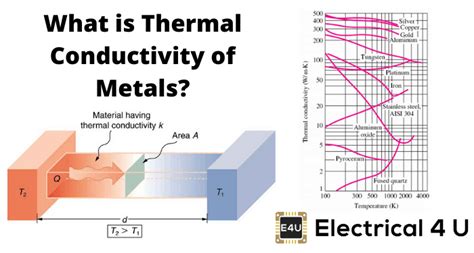
What is the thermal conductivity of Rogers RO4003C?
Understanding Thermal conductivity Thermal conductivity is a material property that describes the ability of a substance to conduct heat. It is defined as the rate[…]
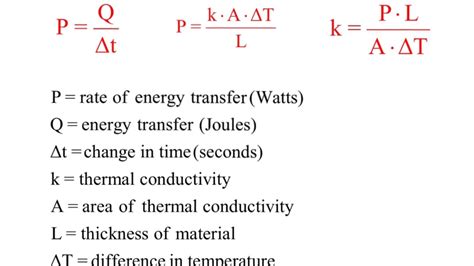
What is the thermal conductivity of a PCB board?
Understanding Thermal conductivity Thermal conductivity is a physical property that quantifies a material’s ability to conduct heat. It is defined as the rate at which[…]